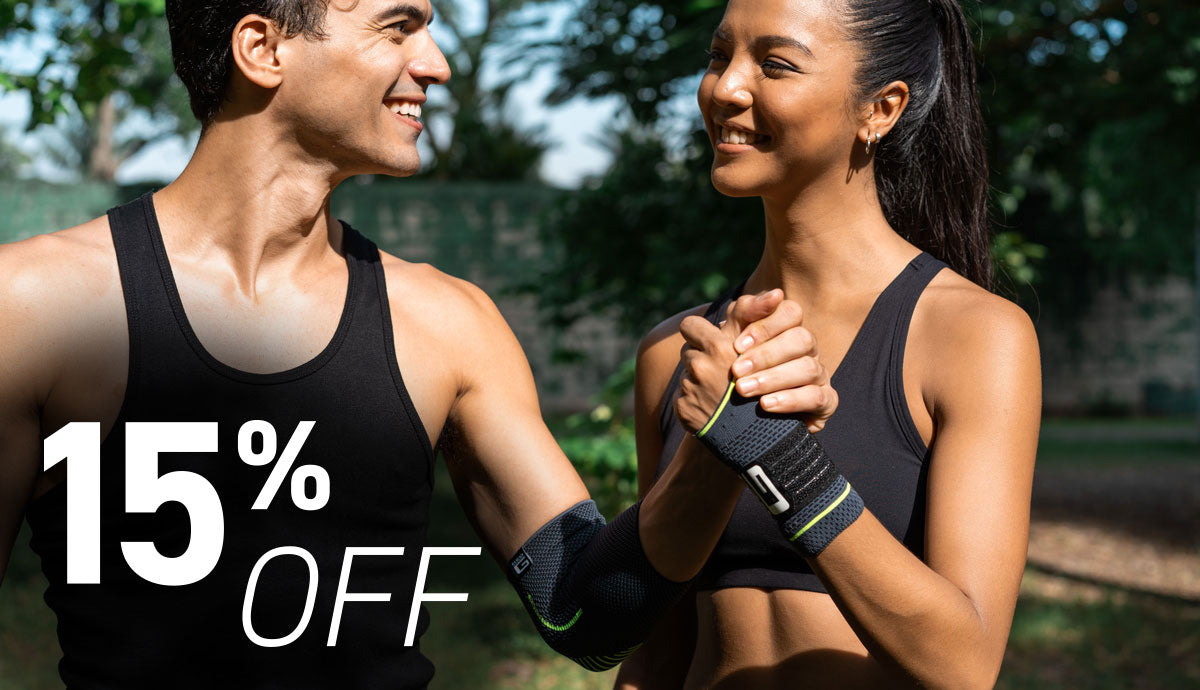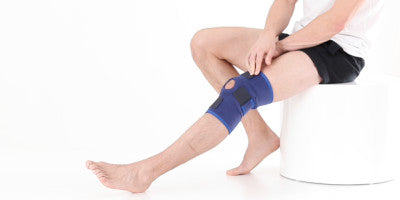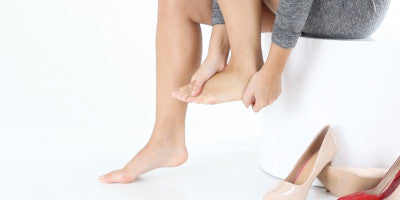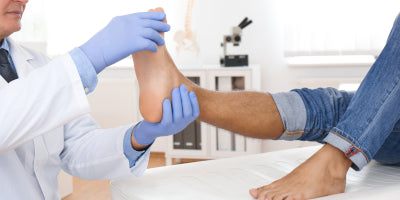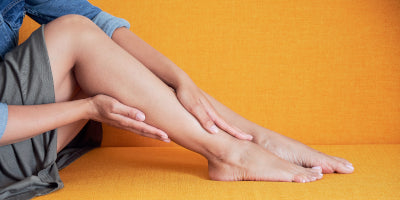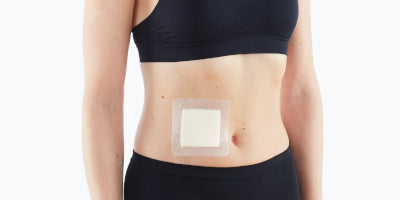How to stay healthy with a desk job

We are all aware that sitting for long periods of time can be detrimental to our health and we do everything possible to avoid this, especially when we are travelling, however one area we routinely forget about is what we can do to stay healthy while at work. People in active jobs will generally be healthy individuals providing they are frequently on the move and follow correct manual handling techniques, whilst those individuals in desk jobs are more likely to be at risk of causing harm to the body, especially if they are sitting for long periods of time incorrectly. At Neo G we are conscious about helping individuals move past pain and stay active as much as possible, so we have taken a deep dive into how we can avoid these risks at work to stay as healthy as possible.
TRAVELLING TO WORK
If you are working at a desk for long periods of the day and traveling to work, then the way you travel into work can help impact your overall health and wellbeing. It goes without saying that walking to work is the best option, however if you live far away and need to drive or take public transport, then parking away from the office or getting off at further stop and walking the rest of the way are two ways to both get extra exercise and also not be in the same posture for a prolonged period of time.
AVOID SITTING FOR LONG PERIODS AND TAKE REGULAR BREAKS
Many people are aware that we need to take regular breaks at work, however this is one of the first things to be forgotten, especially if we have deadlines to be met. By not taking regular breaks your ability to focus can be impacted and productivity reduced, so although you may think that by staying at your desk you are getting through more work, you may find that this is not the case. Each workplace will have different rules on breaks but it is advised for individuals who spend the majority of the day sitting to take small breaks of 3-5 minutes every 30-45 minutes. During these smaller breaks it is important to get up and move away from your desk. Examples of things you could do are making a drink, listening to a song or partaking in some relaxation techniques.
Taking regular breaks and moving will also help with your circulation, but there may be times where you are required to sit longer. In these instances using compression hosiery is a great way to help alleviate any issues that could arise from sitting for long periods of time. Compression hosiery work by providing the largest amount of compression at the ankle and slowly decreasing as you move up the leg to encourage blood flow back to the heart. Neo G has developed a series of different compression hosiery at various compression levels and lengths to allow you to find the perfect fit. View our full range of compression hosiery.
DESK ASSESSMENT
Most desk jobs will involve using a display screen of some description and if you are going to be staring at a screen for long periods it is extremely important that your desk space is set up correctly. Although you may feel comfortable at your desk already, having an assessment carried out may highlight areas that are potentially putting unnecessary stress on your body.
Key areas to look at are:
The surface that your chair is on and the feet of your chair: if your office has carpeted floors then your chair should have wheels on the base to allow you to move it around easily. Otherwise you will have to push harder to move the chair from under the desk when you are sitting on it, putting excessive strain on the patella tendon.
Chair height and seat depth: When sitting in the chair, your eyes should be roughly the same height as the top of the display screen with your feet flat on the floor. The depth of your seat should allow your thighs to be fully supported on the chair with only a small gap between the end of the chair and the back of your knee. If, in this correct position, you are unable to get your feet to touch the floor, then a footrest may be required.
Desk set up: When setting up your desk you should have things you use more frequently close to hand so that you are not needing to constantly reach for these, putting stress on the shoulder and arm and also making you more likely to develop poor posture, especially rounded shoulders.
Accessories: If you are frequently on the phone and needing to type at the same time then using a headset will put less strain on your neck muscles than holding a phone to your ear and typing. Similarly if you are copying information from a book or piece of paper, having this next to your display screen on a holder will avoid you twisting your body to read the book before typing.
With the emergence of hybrid working it is important that assessments are carried out at all desk spaces you may use and the necessary adaptations made where required.
POSTURE
If you have followed the previous recommendations, you are likely to have improved your chances of avoiding issues while at work, however one key area that can undo all the hard work is your posture. Having your desk set up correctly, but then not utilizing the area correctly is likely to put severe strain on your back and shoulders and, if you are in this position all day every day, then this can develop into incorrect posture being your normal posture, making it harder to fix in the long term.
Things to consider when sitting at your desk are:
Is your lower back supported by the chair? By supporting the lower back correctly you are more likely to have the correct alignment in your upper body. The back of the chair should fit snugly into the curve of your lower spine without pressing too hard in this region.
Are you slumped in your chair? If your lower back is not supported, you will likely be in a slumped position. This could be in one of two ways: either with your lower back not in contact with the chair causing you to lean back with your upper body, or your upper body rolling forward with your head and shoulders in front of the rest of your body. Both postures put unnecessary strain on the spine as well as the muscles surrounding the spine.
Are your shoulder rounded? If your shoulders are in front of your chest you will find there is a large strain put on the smaller muscles in your back to try and avoid this position. An easy way to monitor if your shoulders are in the correct position is to do a series of small shoulder circles. As you roll the shoulders backwards to their furthest point you should feel the chest coming forward and this will be close to the ideal position to be in.
Are your legs crossed? if your legs are crossed while sitting, then a number of areas such as your hips will be in an unnatural position for prolonged periods, which can result in tightness to the muscles on either the inside or outside of your legs.
If you are finding you are constantly getting into poor posture then using a posture corrector would be recommended. Depending on where your posture issues are, Neo G offers a solution for you. One solution is our dorsolumbar support, which helps to draw the shoulders back into the correct alignment while also offering various levels of support through the rigid and flexible stays that support the full length of the back.
WHAT IS WRONG WITH THE BELOW SET UP?

Now that we have given some tips on how to avoid problems with your desk set up, you may find that these issues stand out more in your own desk space or that of your colleagues. While there are many positives in the above picture of a user’s desk space, there are some quite big issues that could lead to various musculoskeletal issues further down the line. Can you spot any common issues? Or do you have any other top tips? We would love to hear from you!
